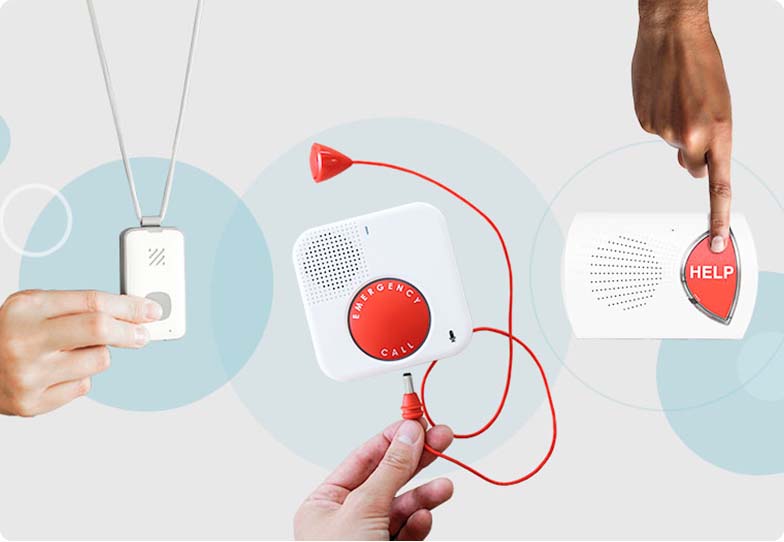Start your baby monitor search by deciding on whether you want a video monitor or an audio-only monitor.
Audio-only monitors are far more affordable than video monitors and retail in the $20–$40 range. While any budget security camera gets the job done, the best baby monitors with video retail for around $200.
You get more information about your baby when you can see them, like whether they’ve rolled over, have become unswaddled, or seem unusually restless.
You’ll only be able to use your sense of hearing to monitor your baby with an audio-only device, and that might still leave you wondering what’s going on in the crib.
If you want a video monitor, make sure you get one with a high-quality camera. You don’t want to see a grainy blob in the crib—you want to see every little hair on that kissable noggin! Ok, maybe that’s going a little too far—but you do want to be able to see whether your child’s still breathing and moving.
Full HD 1080p provides a good-quality picture and is easy to find among baby monitors. Night vision is also important. It doesn’t have to be colored night vision, but you might enjoy that extra detail.
Finally, look for a camera that lets you zoom in sufficiently without losing image quality.
Audio quality is also important. The sound shouldn’t be fuzzy or garbled. Most baby monitors feature two-way talk, which comes in handy for parents to communicate with each other when checking on the little one. Look for audio complaints in user reviews, or thoroughly test the monitor as soon as it arrives.



